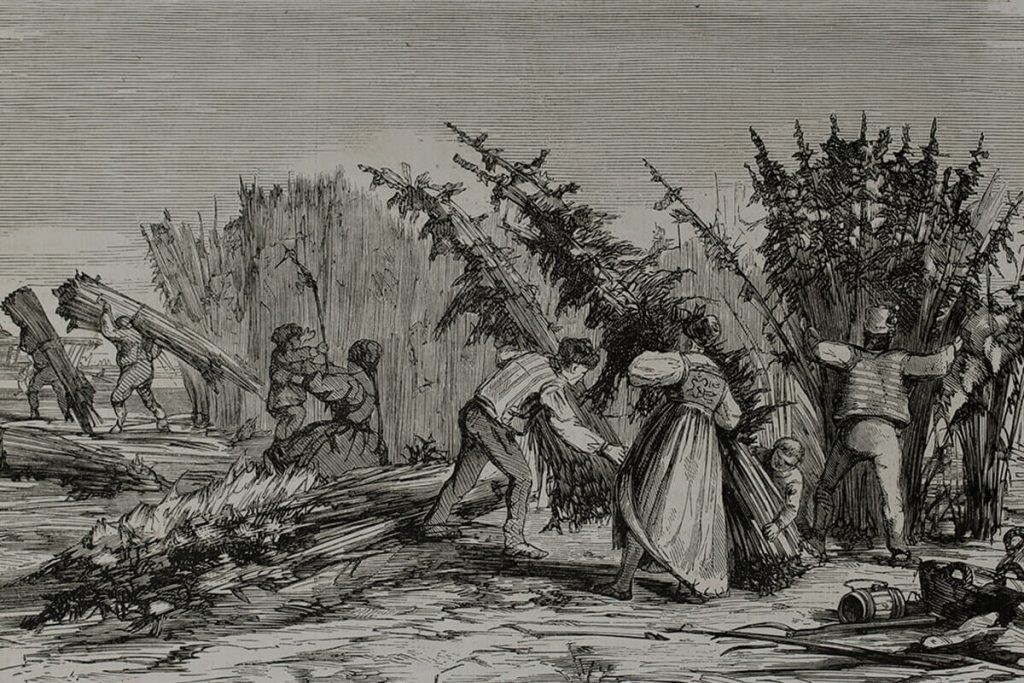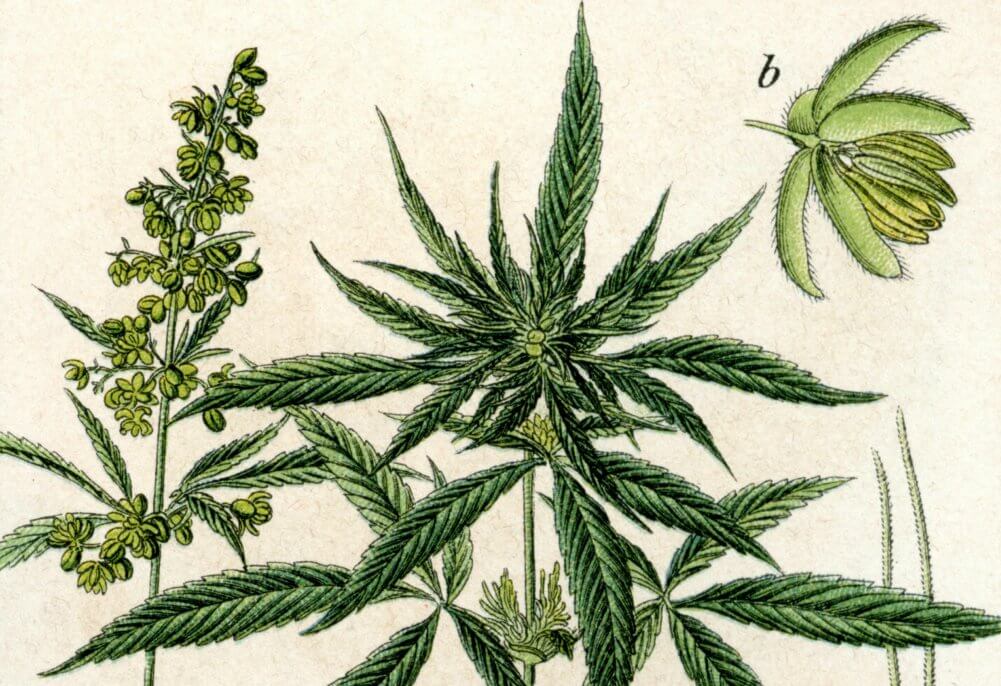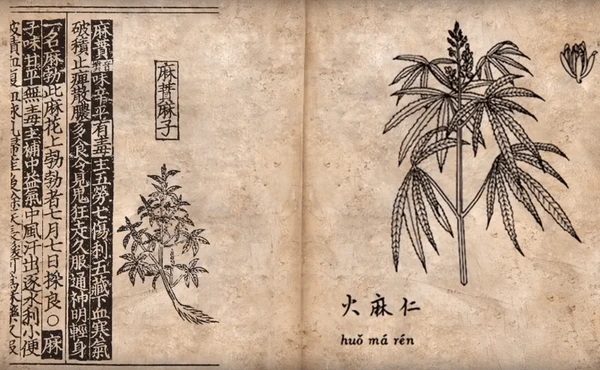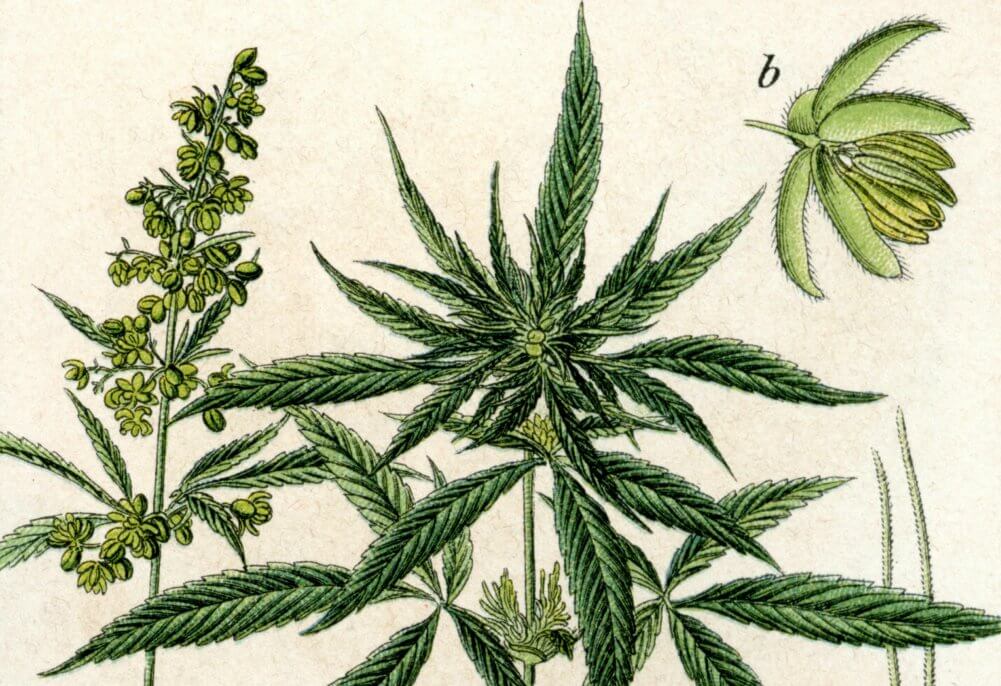
What is Hemp and How Can It Be Used?
Hemp is a stout, aromatic, erect, annual herb with hollow slender stalks except at the tip and base. The leaves are compound with a palmate (palm-like) shape. Hemp flowers are small and greenish-yellow. The flowers grow in clusters on the female plants. The male plants produce pollen and form many branched clusters. Hemp is cultivated in temperate climates, is fast growing, bug resistant, and also cleans the soil.
Hemp can be used in clothing, cordage (twine, rope cable and string), burlap and canvas, hemp milk, hemp seeds for salads, hemp oil for paint varnishes, soaps, edible oil, caged bird feed, car fuel and even concrete (hempcrete). There are endless uses of hemp!
Hemp’s Origins
Various scholars estimate that hemp has been used by humans for 10,000 years. Hemp may have been the first crop cultivated on a mass scale.
The history of hemp goes back as early as 8,000 BC hemp was used in Taiwan (hemp cords were found in pottery) and in Mesopotamia (Iran & Iraq), hemp traces were found in cloth. In China in 6,000 BC hemp seeds and oil were used as a food source and in 4,000 BC hemp was used for textiles.
An Egyptian goddess was shown with a hemp leaf above her head in 2,800 BC. In 1,200 BC hemp use spread throughout the Mediterranean and the rest of Europe.
The Gutenberg Bible was printed on hemp-based paper, which started the popularity of books printed on hemp.
In America, hemp’s origins can be traced back to the Declaration of Independence, which was first printed on hemp. Our founding fathers cultivated hemp for industrial use.
China invented the first hemp-based paper in 200 BC.
The discovery of hemp paper
Paper is one of the most significant Chinese inventions. Fragments of paper containing hemp fiber have been found in Chinese graves dating as early as the 1st Century. This paper was made by crushing hemp fiber and mulberry tree bark into a pulp, and mixing this with water in a large tank of water. The tangled fibers rose to the top of the water, were removed, and placed into a mold. After drying, the fibers formed sheets that could be written on.
Chinese inventors kept paper-making a top secret for many centuries, but eventually, the process was discovered by Japan during the 5th century, and through Chinese prisoners in the 9th century, the technology reached the Arab countries.
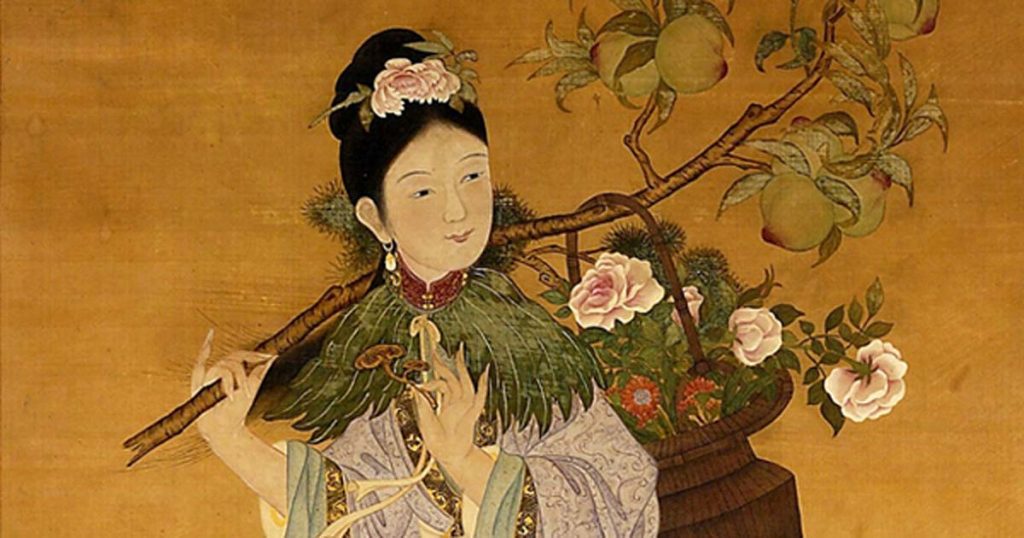
Hemp in the American Colonies
For its role in America, fast forward to the early 17th century, where hemp was a major resource in colonial life. In Jamestown, Virginia, hemp was brought over from England, grown in the new colony, and used to make rope, sails, and clothing, among other things. Leading up to the Revolutionary War, many of the colonies were compelled by law to grow hemp to be sent back to England, creating an industry around the crop that ultimately led to it being used as a currency and method with which to pay taxes. Several early American towns got their names thanks to their most abundant crop, including: Hempstead, New York; Hemphill, Kentucky; and Hempfield, Pennsylvania. By 1776, the United States Declaration of Independence was even drafted on hemp paper. For most of that time, the crop has been embraced by presidents and farmers alike — including George Washington, who famously cultivated hemp at his Mount Vernon estate. It wasn’t until the mid-20th century that federal attitudes towards industrial hemp began to shift, leading to decades of prohibition.
